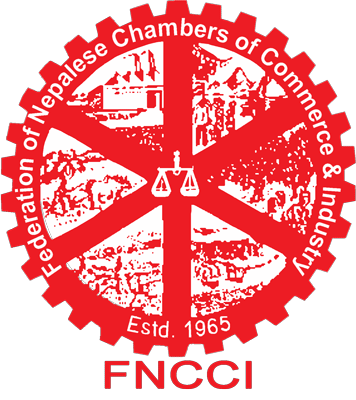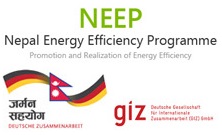Cement is one of the basic construction materials. From the aspect of availability of raw material, cement sector is considered as a very important sector in Nepal. It falls under the category of heavy industry. Nepal has good deposits of the main raw materials namely the calcium carbonate or the Limestone and Silica rich clay that makes environment conducive for growth of cement industry.
At present around 59 cement industries in private sector have been registered in Department of Industry. It is estimated that annual gross consumption of cement in Nepal at present is around 2,500,000 MT. Annual increment of demand for cement in Nepal is considered to be around 20 percent. It is estimated that around six billion NPR of investment has been made by private entrepreneurs in cement sector. Couples of big cement industries of 900 to 1,500 TPD based on rotary kiln technology are in pipe line and some of them will come into operation by next couple of months. It is expected that after some years, Nepal will be self sufficient in Cement.
Census of Manufacturing Establishments carried out in the fiscal year 2006/07 by the Central Bureau of Statistics (CBS) has shown under Nepal Standard Industrial Classification of 2694, the number of manufacturing of Cement, lime and Plaster to be 25 with employment of 2,225 persons. The value of output of these establishments is NPR 6.962 Billion with input of NPR 5.353 Billion and value addition of NPR 1.609 Billion.
ProcessCement manufacturing from Limestone involves following main steps:
- Mining
- Crushing
- Raw meal grinding
- Pyro-processing
- Cement grinding
Cement manufacturing from clinker involves only the following main steps:
- Crushing
- Mixing
- Milling/Grinding
- Weighing & Packing
Main sources of energy used in the Cement industries in Nepal are electricity and coal. Coal is mainly used in the kilns for calcination in limestone based units and in some cases also used for electricity generation in plants having co-generation system. Approximate share of electrical energy used in Nepal's cement industry is 9 %; thermal energy amounts to 91 %.
Figure 1: Energy Use in Cement Industry in Nepal
Baseline study undertaken by GIZ/NEEP in 2012 for the Cement sector has found the specific energy consumption to be considerably above the regional benchmark (see table). That means there are huge saving potentials by implementing energy efficiency and upgrading technologies.
Tabel 1: Specific energy comsuption in Nepalese Cement industries (GIZ/NEEP, 2012)

Major energy consuming section in Nepalese cement plants are:
Thermal equipment (only applicable in limestone based units)
- Primary/Secondary Crushing
- Milling (Ball mills and roller mills)
- Homogenization
- Calcination
- Grate cooling (clinker cooling)
- Fan Systems
- Dust collection
Electrical equipment
- Electrical Distribution transformer & Power systems
- Electrical drives
- Diesel Generating Sets
- Compressors
- Lighting system
- Co-generation plant
- Material handling equipments.
References
- GIZ/NEEPl, 2012: Baseline Study of Selected Sector Industries to assess the Potentials for more efficient use of energy.
- ESPS-DANIDA, 2000-2005: Cleaner Production report of Cement industry
- Confederation of Indian Industry: Investors manual for Energy Efficiency



